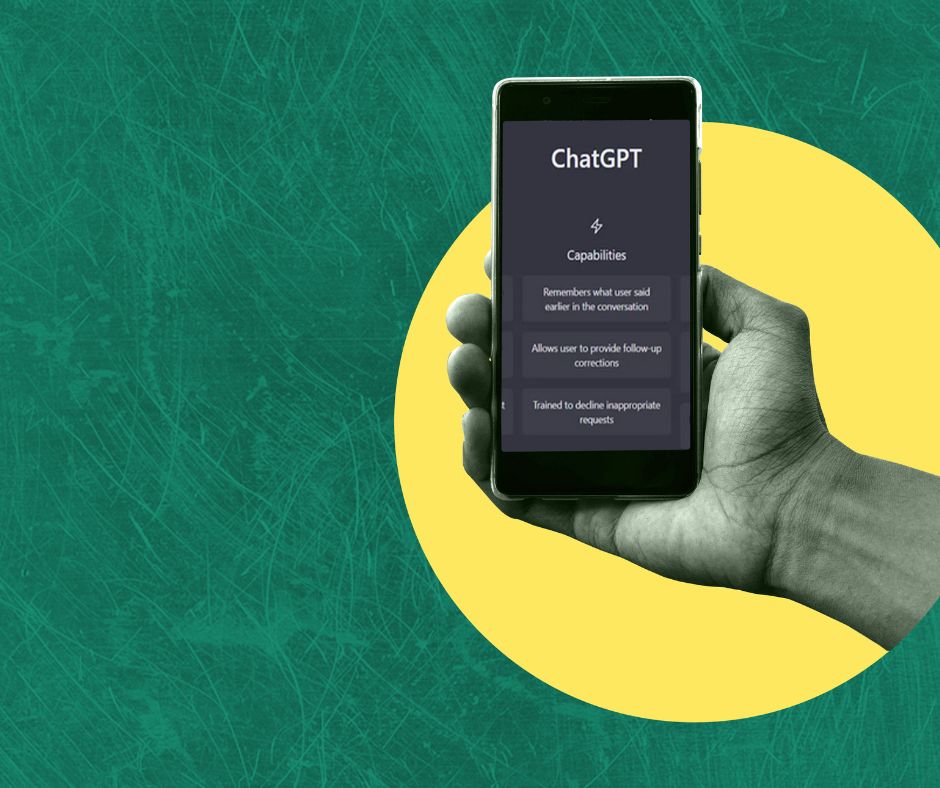
Artificial intelligence has made remarkable strides over the years, and OpenAI has been at the forefront of driving these advancements. With the successful iterations of GPT-2, GPT-3, and GPT-4, the anticipation for the next generation, GPT-5, is palpable.
This blog will delve into the latest updates and rumors surrounding the highly awaited ChatGPT 5. As we explore the potential features and improvements it might bring, we aim to understand the impact of this ground breaking release on the future of AI language models.
How Reliable is GPT Plus?
ChatGPT Plus is an enhanced version of ChatGPT, offered as a subscription service by OpenAI. It aims to give users more control over AI-generated content, improve reliability, and offer a more customized experience. Let’s delve into the details of how reliable ChatGPT Plus is and the key features that contribute to its enhanced reliability:
Customizability and Personalization:

One of the significant advantages of ChatGPT Plus is its customizability. Subscribers can tailor ChatGPT’s behavior to align with their preferences and requirements. Using ChatGPT Plus, users can set parameters to influence the style and tone of the AI-generated responses. This level of personalization allows for a more tailored and human-like interaction, making the AI model better suited to individual needs.
The ability to customize the behavior of ChatGPT Plus empowers users to mold the AI’s responses, ensuring they adhere to specific guidelines and guidelines while maintaining reliability.
Reduced Biases:
OpenAI is committed to mitigating biases in AI language models, and ChatGPT Plus is no exception. The subscription service incorporates mechanisms to reduce biases in responses generated by the AI model. Although no AI system can eliminate biases, ChatGPT Plus takes steps to minimize biased or discriminatory content propagation.
By providing users with the ability to influence AI responses, ChatGPT Plus enables users to steer the model away from biased outputs, further enhancing the model’s reliability and trustworthiness.
Responsiveness to Feedback:
OpenAI values user feedback and actively uses it to improve the reliability of ChatGPT Plus. Subscribers can provide feedback on problematic outputs or instances where the AI model may not meet their requirements. This feedback loop allows OpenAI to continuously refine the model, making it more reliable and contextually accurate.

OpenAI’s iterative deployment approach ensures that user feedback is considered in the ongoing development of ChatGPT Plus, leading to consistent improvements and enhanced reliability over time.
Ethical Use and Responsible AI:
Reliability in AI language models like ChatGPT Plus is about technical improvements and promoting ethical use and responsible AI practices. OpenAI encourages responsible AI usage and emphasizes using AI models to benefit society while minimizing potential harm.
By integrating responsible AI principles into ChatGPT Plus, OpenAI strives to create a safer and more trustworthy AI experience for users.

Transparent Communication:
To maintain high reliability and trust, OpenAI maintains transparent communication with its users. They provide clear guidelines on the capabilities and limitations of ChatGPT Plus, ensuring users understand what the AI model can and cannot do.
OpenAI also shares updates on improvements and enhancements, keeping subscribers informed about the ongoing development of ChatGPT Plus. Transparent communication fosters user trust and helps manage expectations regarding the AI model’s performance.
The Road to GPT-5: Will There Be a ChatGPT 5?
The GPT series has captured the imagination of both developers and users worldwide. The transition from GPT-2 to GPT-3 marked a significant leap in the capabilities of AI language models, and GPT-4 continued this upward trajectory. Given the pattern of iterative improvements, speculation about a potential ChatGPT 5 is inevitable. However, as of now, OpenAI has not officially confirmed the existence of GPT-5.
The journey from GPT-2 to GPT-3 demonstrated the possibilities of massive language models with various parameters, leading to impressive language generation capabilities. With GPT-4, introducing “Dynamic Prompting” and “Multi-Task Training” unlocked new avenues for AI applications. Users and developers are eager to see if GPT-5 will further build upon these features or introduce entirely novel ones.
GPT-4’s Biggest Features Haven’t Even Reached ChatGPT Yet:
While GPT-4 showcased some groundbreaking advancements, these features have not yet found their way into ChatGPT, leaving users curious about the next update. “Dynamic Prompting” allowed GPT-4 to seek clarifications from users when faced with ambiguous queries, resulting in more contextually accurate responses. This enhances user experience and addresses one of the key challenges in language generation.
Additionally, GPT-4’s “Multi-Task Training” capability enables the model to perform multiple tasks using a single prompt, making it highly versatile. However, ChatGPT is yet to benefit from this feature, limiting its potential applications.
GPT-5 Release Date: When Will It Arrive?
The release date of GPT-5 remains a well-kept secret, shrouded in speculation and anticipation. While OpenAI follows a relatively transparent approach in sharing its research and advancements, the specific release date of GPT-5 has not been officially announced. Considering the historical time gaps between previous iterations, it is reasonable to expect a potential release in the coming months or years.

Developing AI language models is a complex process involving extensive testing and fine-tuning. OpenAI typically releases early access to developers and researchers, allowing them to explore and experiment with the new models. This approach ensures valuable feedback is incorporated into the final version, providing a more robust and reliable AI model.
GPT-5 Features: How Will It Improve ChatGPT?
As ChatGPT continues to gain popularity for its user-friendly interface and natural interactions, GPT-5 is expected to push the boundaries of AI language models even further. While official details about GPT-5’s features are scarce, it is reasonable to assume that it will build upon the strengths of its predecessors and introduce groundbreaking innovations.
One area that GPT-5 is likely to improve is contextual understanding. While GPT-4 exhibited remarkable capabilities, there is room for enhancement in understanding complex contexts and delivering even more coherent responses. Improving contextual understanding will be crucial in providing users with more accurate and relevant information.

Furthermore, GPT-5 is expected to expand its language support, making it accessible to users across the globe. Adding more languages would democratize access to AI and empower diverse communities to benefit from AI-driven solutions.
Rumors About GPT-5: What to Expect
Various rumors and speculations have emerged as the AI community eagerly anticipates GPT-5’s arrival. One prominent rumor suggests that GPT-5 will feature unprecedented personalization. The model might be able to tailor responses based on individual user preferences and writing styles, making the interactions more intimate and customized.
Another exciting rumor revolves around “Explainable AI” being integrated into GPT-5.
Explainable AI aims to provide insights into the decision-making process of AI models, making their outputs more transparent and understandable. If true, this development could significantly enhance user trust and foster responsible AI usage in critical applications like healthcare and finance.
Conclusion:
While the official confirmation of GPT-5’s existence is yet to be made, the AI community eagerly awaits the next leap in AI language models. The journey from GPT-2 to GPT-4 has demonstrated the remarkable potential of these models, and the prospect of GPT-5 is indeed exciting.
With each iteration, AI language models like ChatGPT continue to bridge the gap between human-like interactions and AI-generated responses. As technology evolves, it is essential to remember that AI tools require responsible usage to ensure they benefit society while mitigating potential risks.
As we eagerly anticipate the next chapter in the ChatGPT saga, the future of AI language models seems increasingly promising. OpenAI’s commitment to transparency, early access, and responsible AI usage will undoubtedly shape the AI landscape positively and impactfully.

Started working as a digital marketing expert, Varun Sharma is now also a well-known digital marketing speaker – a speaker on performance development, and a trusted mentor to businesses in the digital world. His keynote expositions are based on the digital marketing theories, which provide a fascinating insight into the secrets of high performance.

